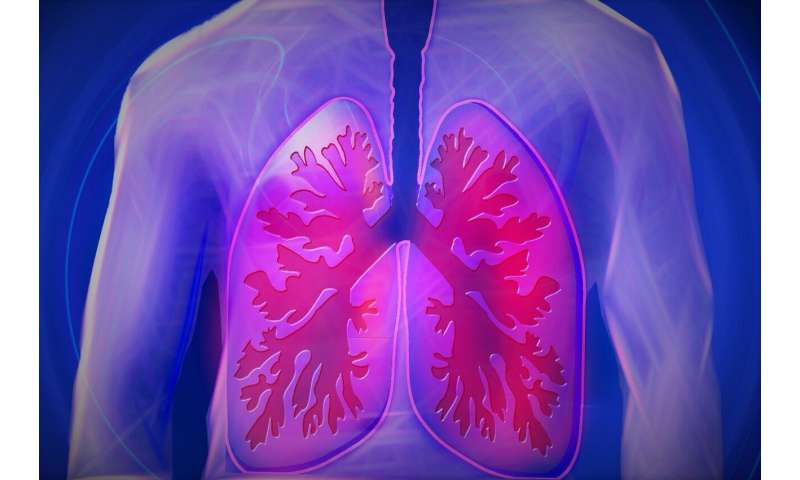
Staphylococcus aureus (which includes MRSA) is the most prevalent organism isolated from the airways of children with cystic fibrosis (CF), and is treated using antibiotics, but its role in lung disease is poorly understood.
Using pig lungs from a butcher and synthetic mucus, researchers from the University of Warwick have shown that S. aureus preferentially colonizes mucus, rather than the lung tissue.
This sparks an investigation into the best ways to treat S. aureus in patients with Cystic Fibrosis, and in the future could lead to fewer antibiotics being used.
For young people with cystic fibrosis, lung infection with Staphylococcus aureus, MRSA, is common and is treated with antibiotics in the hope that this will prevent a decline in lung function. However there has recently been debate over the role S. aureus plays in CF lung disease. Researchers from the University of Warwick have used a new model of CF lungs which could be used to make better decisions about future use of antibiotics.
S. aureus is commonly found on the skin of healthy people, it can cause lung infection and abscess, and is often present in the mucus and sputum of children with cystic fibrosis. When S. aureus—including the antibiotic-resistant form, MRSA—is found in people with CF, it is treated with antibiotics, but exactly how S. aureus affects the lungs in people with this condition is unknown.
Previous research models have often looked at S. aureus in the lungs of mice, however when S. aureus is infected into mouse lungs, abscesses form and abscess are extremely rare in people with CF. In the paper ‘An ex vivo cystic fibrosis model recapitulates key clinical aspects of chronic Staphylococcus aureus infection’, published in the journal Microbiology, researchers from the School of Life Sciences at the University of Warwick, have found that using left over pig lungs from a butcher, and synthetic mucus that mimics CF lung secretions, that S. aureus tends to aggregate in mucus, not invade the lung tissue as it does in mice.
To see if they could find a better way to mimic human CF lungs, and decrease the use of animal testing, the researchers used pig lungs from a butcher, and adding synthetic CF mucus. They then introduced the S. aureus and found that it tended to aggregate in the mucus, rather than invading the lung tissue as would happen with an abscess.
Due to the lack of knowledge of how S. aureus affects the lungs of children with Cystic Fibrosis they tend to be treated with antibiotics, although this often does not alleviate symptoms of lung disease and there has been a debate into if antibiotics are the best treatment. This research led by the University of Warwick paves the way for new treatments for S. aureus in CF to be explored.
Dr. Esther Sweeney, from the School of Life Sciences at the University of Warwick comments: “The model we have used with pig lung has shown that S.aureus preferentially grows within mucus. We think this potentially represents the clinical situation for people with CF better than historical research models and our model could be used to further investigate the best ways of treating MRSA infection associated with cystic fibrosis. In future this may help to reduce inappropriate use of antibiotics.”
Source: Read Full Article